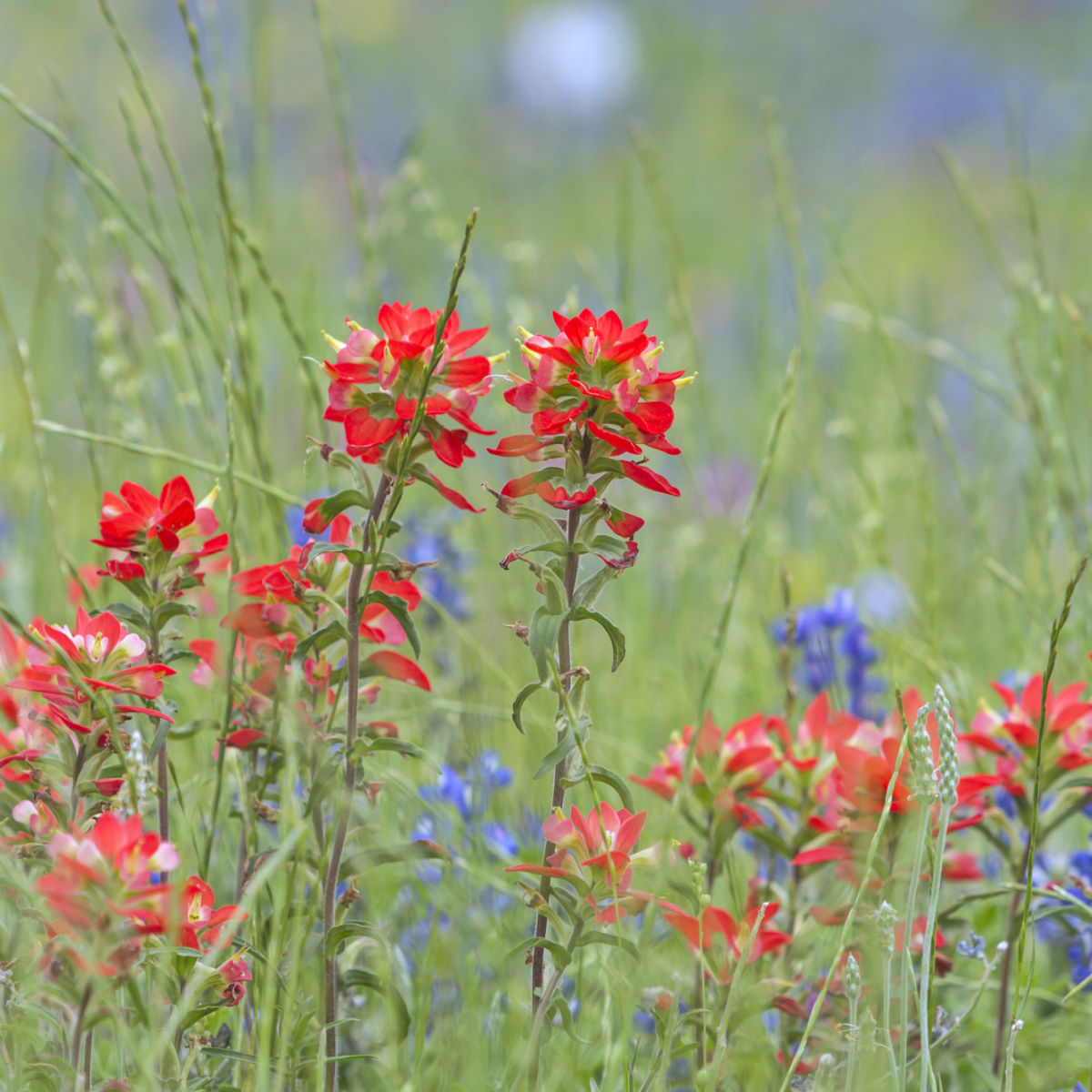Epsom Salt in Horticulture: What Plants Don't Like Epsom Salt and Exactly How to Change
Epsom Salt in Horticulture: What Plants Don't Like Epsom Salt and Exactly How to Change
Blog Article
Learn Regarding the Specific Plants That Are Adversely Affected by Epsom Salt Application
Epsom salt, a prominent home remedy for different horticulture concerns, is commonly praised for its helpful results on plant development. Understanding the details plants that can be detrimentally influenced by Epsom salt is crucial for any kind of gardener looking to maximize their plant care regimen.
Roses

Roses, especially delicate to modifications in their environment, can be adversely affected by the application of Epsom salt. While Epsom salt is frequently made use of as a fertilizer to promote plant growth and enhance blooming, roses are among the plants that do not respond well to its application. The high magnesium material in Epsom salt can interfere with the uptake of various other important nutrients by the rose plants, resulting in shortages that manifest as yellowing fallen leaves or stunted growth.

Tomatoes
Tomatoes, recognized for their flexibility in cooking applications, can show negative impacts when revealed to Epsom salt due to their specific nutrient needs. While Epsom salt is often proclaimed as a remedy for various plant problems, consisting of bloom end rot in tomatoes, its application can result in harmful outcomes if not made use of judiciously. Tomatoes are heavy feeders that call for a balanced intake of nutrients, specifically calcium, to prosper. Too much Epsom salt, which is magnesium sulfate, can interrupt the fragile nutrient balance required by tomatoes, possibly bring about deficiencies in other crucial nutrients like calcium. This discrepancy may materialize in signs and symptoms such as stunted development, yellowing fallen leaves, and even decreased fruit manufacturing in tomatoes. When thinking about the use of Epsom salt on tomatoes, it is important to adhere to suggested application rates and soil testing to protect against unexpected effects on the total health and wellness and performance of these beloved garden plants.
Peppers
Peppers, admired for their numerous colors and levels of spiciness, can demonstrate vulnerability to unfavorable influences from Epsom salt when not applied with care and consideration for their particular nutritional needs. what plants don't like epsom salt. Peppers, belonging to the Solanaceae household, call for a fragile equilibrium of nutrients to grow. While Epsom salt is known to enhance magnesium levels in plants, extreme application can disrupt this stability, causing unfavorable impacts on pepper plants
When peppers are revealed to high degrees of magnesium from Epsom salt, it can interfere with the plant's ability to absorb other essential nutrients like calcium and potassium. This imbalance may show up in symptoms such as fallen leave discoloration, stunted growth, and lowered fruit production. Furthermore, the extreme magnesium can change the dirt pH, further intensifying nutrient uptake concerns for peppers.

Rhododendrons
Offered the level of sensitivity of specific plant species to discrepancies caused by Epsom salt, it is vital to think about the influence on Rhododendrons, which also call for certain nutrient levels to prosper. Rhododendrons are acid-loving plants that choose acidic dirt problems with a pH range in between 4.5 and 6.0. Epsom salt, chemically referred to as magnesium sulfate, can alter the soil pH and interfere with the delicate balance of nutrients necessary for Rhododendron health and wellness.

To see it here keep the optimum growth and wellness of Rhododendrons, it is crucial to stay clear of the unplanned use Epsom salt and instead focus on giving the certain acidic soil conditions and nutrients that these plants need for thriving.
Azaleas
Azaleas, known for their vivid blossoms and broad series of shades, are ornamental bushes that come from the Rhododendron genus. These popular flowering plants are often found in yards, landscapes, and parks as a result of their elegance and convenience. Azaleas are delicate to adjustments in dirt pH degrees, which can considerably impact their development and total wellness. While Epsom salt is commonly utilized as a treatment for magnesium shortage in plants, its application to azaleas can have negative results.
When Epsom salt is applied to azaleas, it can change the look at here now soil pH, making it much more acidic. Azaleas prefer a little acidic soil conditions, and an extra of magnesium from Epsom salt can disrupt this balance, resulting in nutrient discrepancies and potential poisoning concerns. The wrong application of Epsom salt can lead to stunted growth, yellowing of fallen leaves, and general decline in the health and wellness of azaleas. It is important to be cautious when thinking about the use of Epsom salt on azaleas to prevent any type of adverse effects on these fragile decorative bushes.
Final Thought
In final thought, it is essential to be familiar with the particular plants that can be adversely affected by the application of Epsom salt. Roses, tomatoes, peppers, azaleas, and rhododendrons are some instances of plants that might not take advantage of Epsom salt and might also experience injury. It is crucial to research and comprehend the requirements of each plant species before utilizing Epsom salt as a fertilizer to guarantee their wellness and well-being.
Recognizing the particular plants that can be adversely affected by Epsom salt is critical for any kind of garden enthusiast looking to enhance their plant care routine. While Epsom salt is frequently used as a plant food to advertise plant development and enhance blooming, roses are one of the plants that do not respond well to its application.Extreme use of Epsom salt can additionally result in a build-up of salts in the soil, leading to root damages and dehydration of the rose plants. While Epsom salt is recognized to improve magnesium degrees in plants, too much application can disrupt this equilibrium, leading to negative results on pepper plants.
The high salt content in Epsom salt can additionally dry out Rhododendron origins, causing additional tension and damages to the plant. (what plants don't like other epsom salt)
Report this page